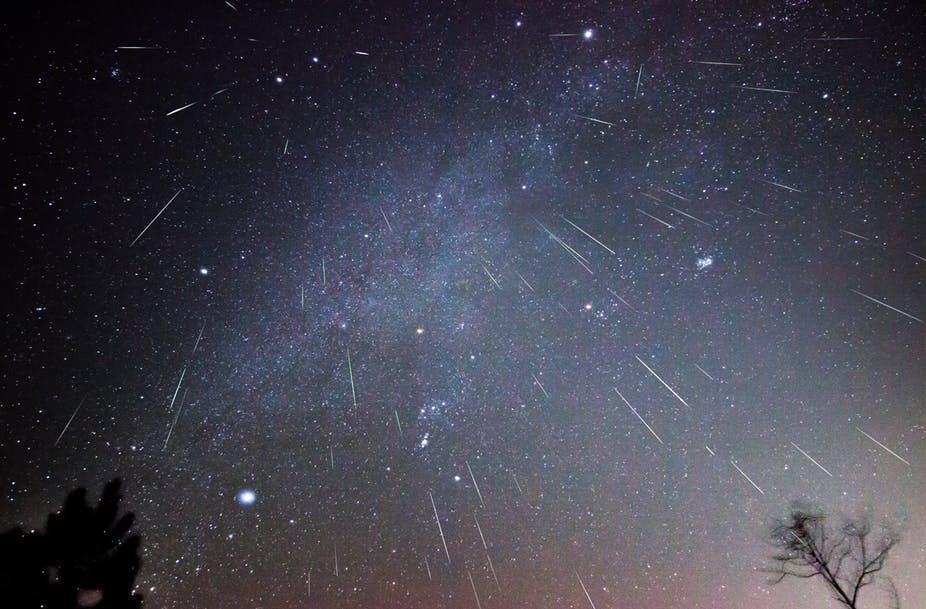Many people these days are watching an unforgettable spectacle in the sky: the Geminid meteor shower, which has already reached its peak on the night of December 13–14. This bright natural phenomenon is marked by the fall of numerous meteors to Earth, leaving behind impressive light trails.

Astronomers explain that at the peak of the meteor shower, the largest number of “falling stars” can be seen with the naked eye. This is due to the fact that the Earth crosses the trajectory of a cloud of particles left by the asteroid Phaethon (3200 Phaethon). This is what causes a truly enchanting performance in heaven. But this year, an “assistant” joined the shower – a dust trail left by the short-period “alcoholic” comet Wirtanen (46P/Wirtanen).
This phenomenon also became an occasion for Danish astronaut Andreas Mogensen to share his observations from space. In his short video made from the International Space Station (ISS), located at an altitude of about 400 km above the Earth’s surface, he showed how a meteor shower looked from the orbit of our planet. Mogensen noticed that watching meteors from such a height was a real sight.
Look up!
— Andreas Mogensen (@Astro_Andreas) December 13, 2023
A few weeks ago I was lucky enough to capture a shooting star on video. It was over in the blink of an eye, so the second part of the video shows it slowed down. The path of the meteor is straight, but it does look wonky, due to my hand movement and the camera trying to… pic.twitter.com/EvlUGAxRu0
Meteors forming Geminids are of particular interest to observers. The ability to provide more than 100 falling stars per hour makes this natural phenomenon the most impressive. You don’t need any special equipment to enjoy this natural spectacle — just turn your gaze to the clear sky.
But if clouds interfere with your observations, do not lose hope because the stunning natural spectacle can be observed until the end of December, although with less intensity. Enjoy the space show right now!
Earlier, we reported on how the astrophotographer managed to catch the “star jackpot”.
Follow us on Twitter to get the most interesting space news in time
https://twitter.com/ust_magazine


